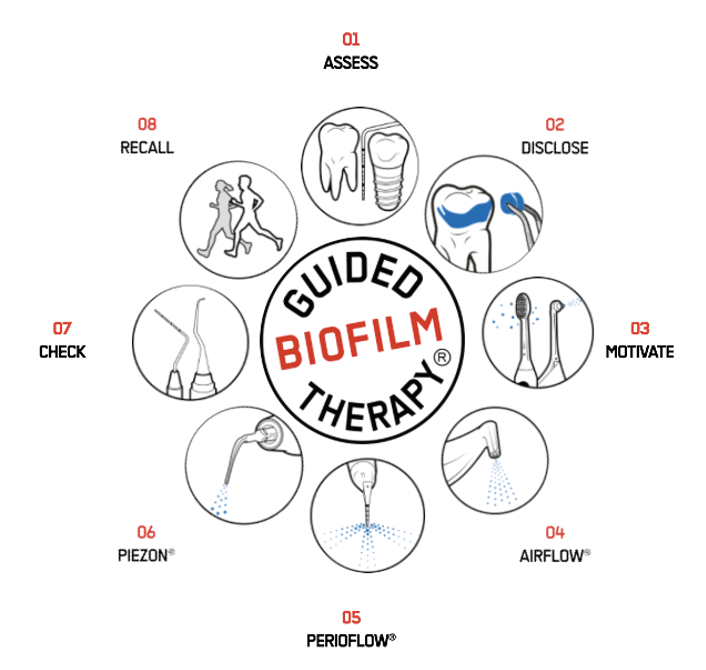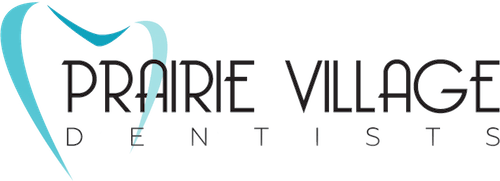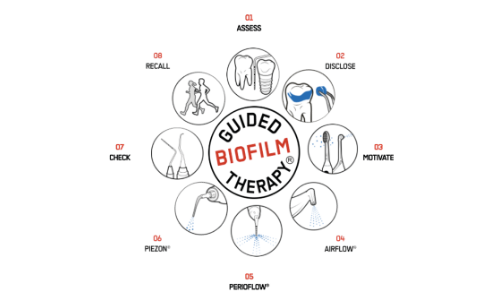A few years ago I went to see a lecture given by one of the best speakers I have ever heard speak and bonus points she was also a hygienist! She was at the time at the forefront of oral cancer detection as well as other things and I was just amazed by her determination to look beyond the scope of just in-office dental hygiene in her career. So from then on, I made it a point to follow her on social media, this last year she gave an interview on what Guided Biofilm Therapy is and how she has been implementing it in where she practices hygiene. This piqued my interest because Dr. Smith had mentioned this system to me and all the benefits it had but at the time I was worried about completely changing up what standard prophylaxis (cleaning) was and meant for my patients despite the science behind it. Fast forward a little under a year later, we decided to have a representative from the company come out and show us what it was all about and I was fascinated and onboard!
WHAT IS AIR POLISHING?
If you have had the opportunity to have the air polishing in the office lately that is exactly what guided biofilm therapy is! First of all, the simplicity of biofilm can be described more or less as plaque and biofilm is the ENEMY…it contributes to cavities, periodontal disease, and bad breath. A hygienist’s aim is to reduce the biofilm load in a patient’s mouth and then educated them on how to best reduce it in the future. For instance, one way to reduce your biofilm load is to reduce your sugar consumption and replace that sugar with a different type of sugar like xylitol. Chewing a piece or two of xylitol gum a day would reduce your biofilm load by 50% daily.
WHY DOES AIR POLISHING WORK SO WELL?
Ok so on to how and why air polishing (Guided Biofilm Therapy) works so well. So the system uses pressurized air, water, and a very fine powder called erythritol to form a spray that safely and effectively removes the biofilm from above and 4mm below the gum line. It can also be used safely around baby teeth, any restorations (crowns, bridges, fillings, veneers), implants, braces, tongue, and palate. When used first in the hygiene appointment it effectively removes that slimy sticky biofilm so that hygienists can focus on removing the hard deposits only with either an ultrasonic cleaner or hand instruments or both. This method (although backward from what is traditionally done) greatly reduces how much scaling or “scraping” is done which can be uncomfortable for a patient as well as being more ergonomic for the hygienist.
IS AIR POLISHING BETTER THAN TRADITIONAL POLISHING?
The last thing I will touch on is what makes air polishing better than traditional polishing. As a hygienist, I cannot stand all that gritty paste in my mouth and this eliminates that, I also see how much more effective it is at removing light stains from teeth and something I cannot see but have read the research on is how it does not leave microscopic scratches in the teeth as traditional prophy paste does. Also as I mentioned earlier, because it is a spray, it can reach 4mm below the gum line to remove bacteria and biofilm from down there, safely which is something traditional polish cannot do.
I am so excited this new technology is now available to me and my patients and hope you will share in my enthusiasm the next time you come in for your hygiene visit.
*Erythritol is a type of sugar much like xylitol (as was mentioned earlier) which is broken down into a very very fine powder with low abrasive (how gritty something is).
*Disclaimer: It can be a little cold when I first begin to use it, but the water warms up as I go, so if your teeth are hypersensitive to temperature, let me know first.

Written by Jennifer Zerr, RDH


